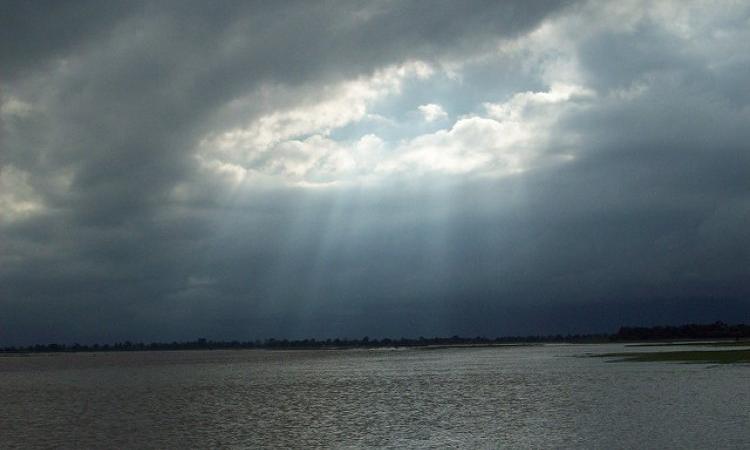
India witnesses 22 percent deficient pre-monsoon rainfall this year: IMD
The India Meteorological Department (IMD) data has recorded 75.9 millimetres of rainfall from March 1 to May 15 which is 22 percent deficient from the normal rainfall. Moreover, out of the four meteorological divisions of the IMD, the south peninsula, which comprises all the southern states, has recorded pre-monsoon deficiency of 46 percent which is the highest in the country. However, no deficiency in pre-monsoon rain has been observed in the central region which comprises Maharashtra, Goa, Chhattisgarh, Gujarat and Madhya Pradesh. Pre-monsoon rainfall is important for horticulture crops in some parts of the country while in parts of northeast India and the Western Ghats, it is critical for plantation crops.
Brahmaputra to be dredged to reduce floods
The union government and the Assam government are planning to dredge the Brahmaputra river with an initial cost of Rs four billion. The dredging project will serve two purposes--one, it will reduce floods in the river by allowing more water to stay in the river and second, it will make the river navigable for large vessels as it has been designated as the National Waterway 2 by the Inland Waterways Authority of India. However, as per the experts, dredging seems to be a superficial solution to the challenge of drainage congestion and managing floods. Moreover, the government needs to conduct proper planning and a detailed study of the basic aspects before starting this mega project.
Kerala facing acute water crisis just eight months after the floods
It is only eight months since Kerala witnessed the worst floods in a century and all the 14 districts in the state, except for Wayanad and Pathanamthitta, are facing acute drinking water shortage. To address the crisis, the Kerala Water Authority has deployed special teams to monitor the situation and the government has sanctioned Rs 5 lakh to all gram panchayats for the distribution of water. As per the experts, the reason for the crisis is poor northeast monsoon and the lack of proper water conservation. Additionally, the destruction of forests, wetlands, sacred groves and laterite hills over the last few decades has reduced the percolation capacity of the rainwater in the state.
Aarey tribals in Mumbai stand up to protect their identity and land
In order to file claims for individual and community rights under the Forest Rights Act, 2006, the tribal inhabitants of hamlets inside the 3,000-acre Aarey Colony in Goregaon are preparing to map the area they occupy and cultivate. The tribals have initiated this battle in the backdrop of the issue to grant forest status to the Aarey colony, which is one of the few still-green expanses in Mumbai. City NGOs Vanashakti and Aarey Conservation Group are currently fighting for Aarey to be declared a forest and eco-sensitive zone so as to save the part of it from getting developed into a car shed site for the upcoming Colaba-Bandra-Seepz Metro Rail project.
Study reveals mangroves and forests in the country are turning brown from green
As per the study conducted by the National Remote Sensing Centre (NRSC) of Indian Space Research Organisation (ISRO), 46,35,580 hectares of country’s core forest areas, including 41,480 hectares of mangroves, lost their greenness between 2001 and 2014. Moreover, 20 protected forest areas have also witnessed significant degradation in green cover with the highest at the Similipal Wildlife Sanctuary, Odisha. The researchers have blamed rising temperatures and changes in land use for the loss of this greenness. The analysis has found the highest decline in greenness in the tropical moist deciduous forest while West Bengal has been identified as a hotspot for mangrove degradation.
This is a roundup of important news published between May 15 - 21, 2019. Also read policy matters this week.